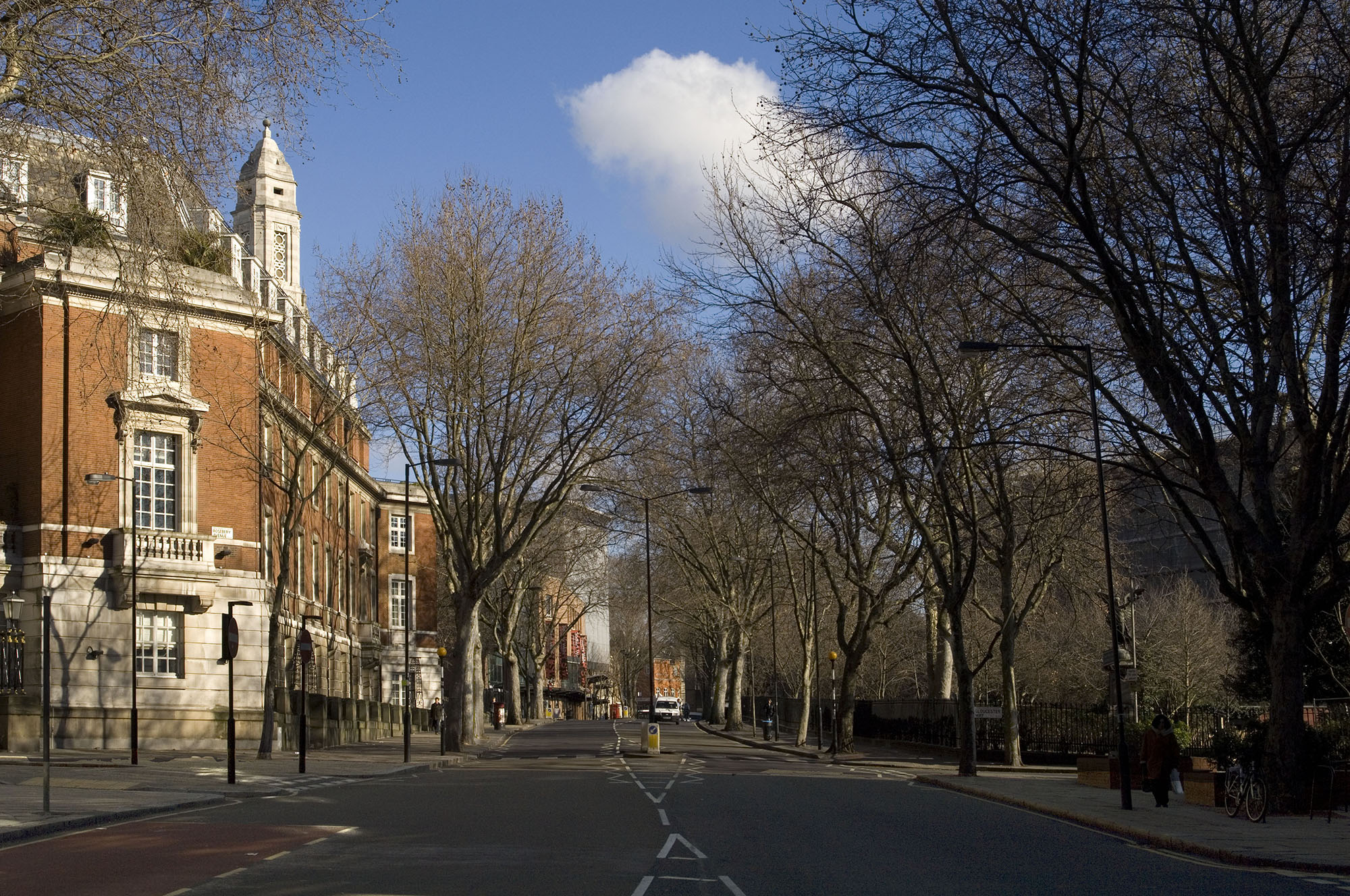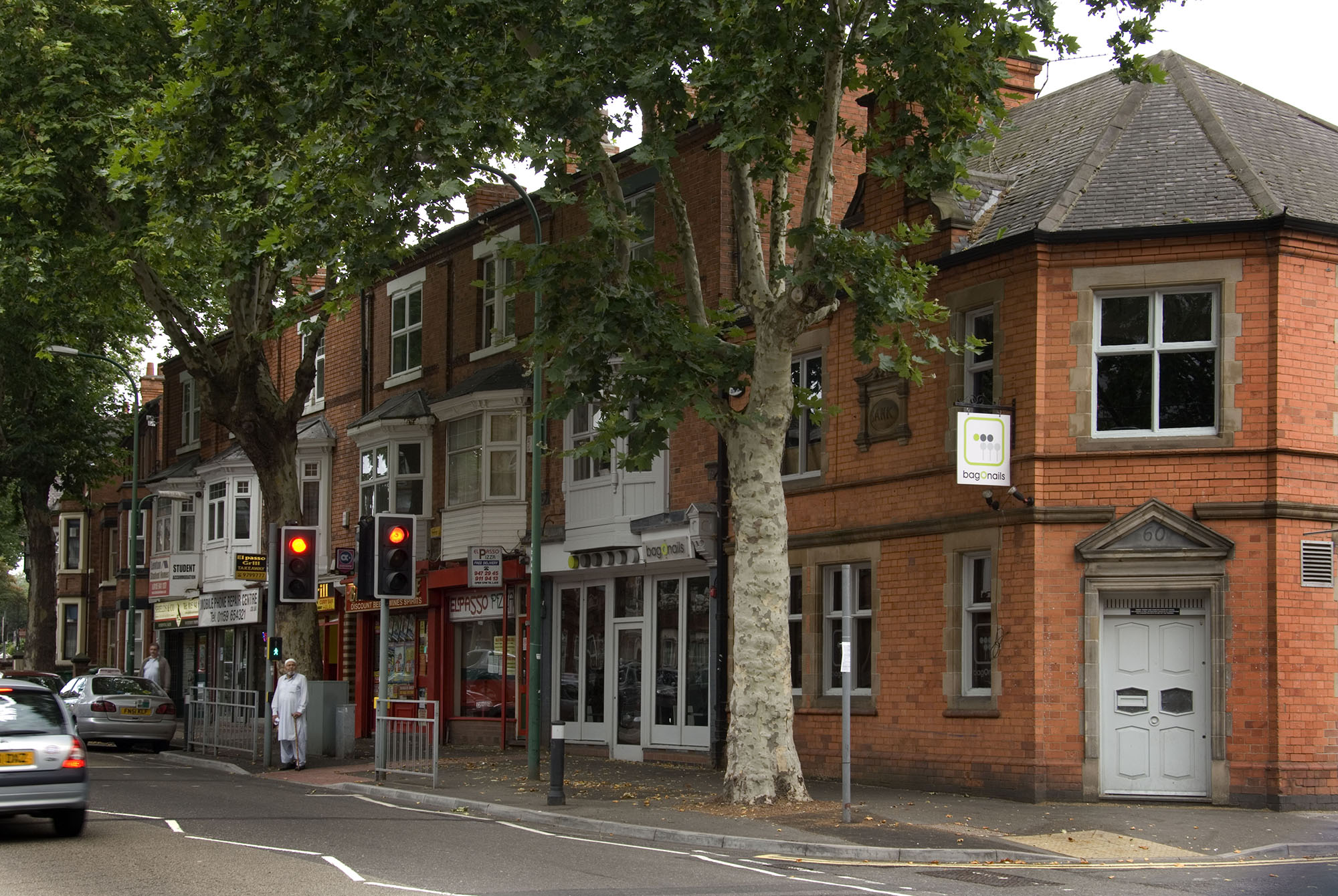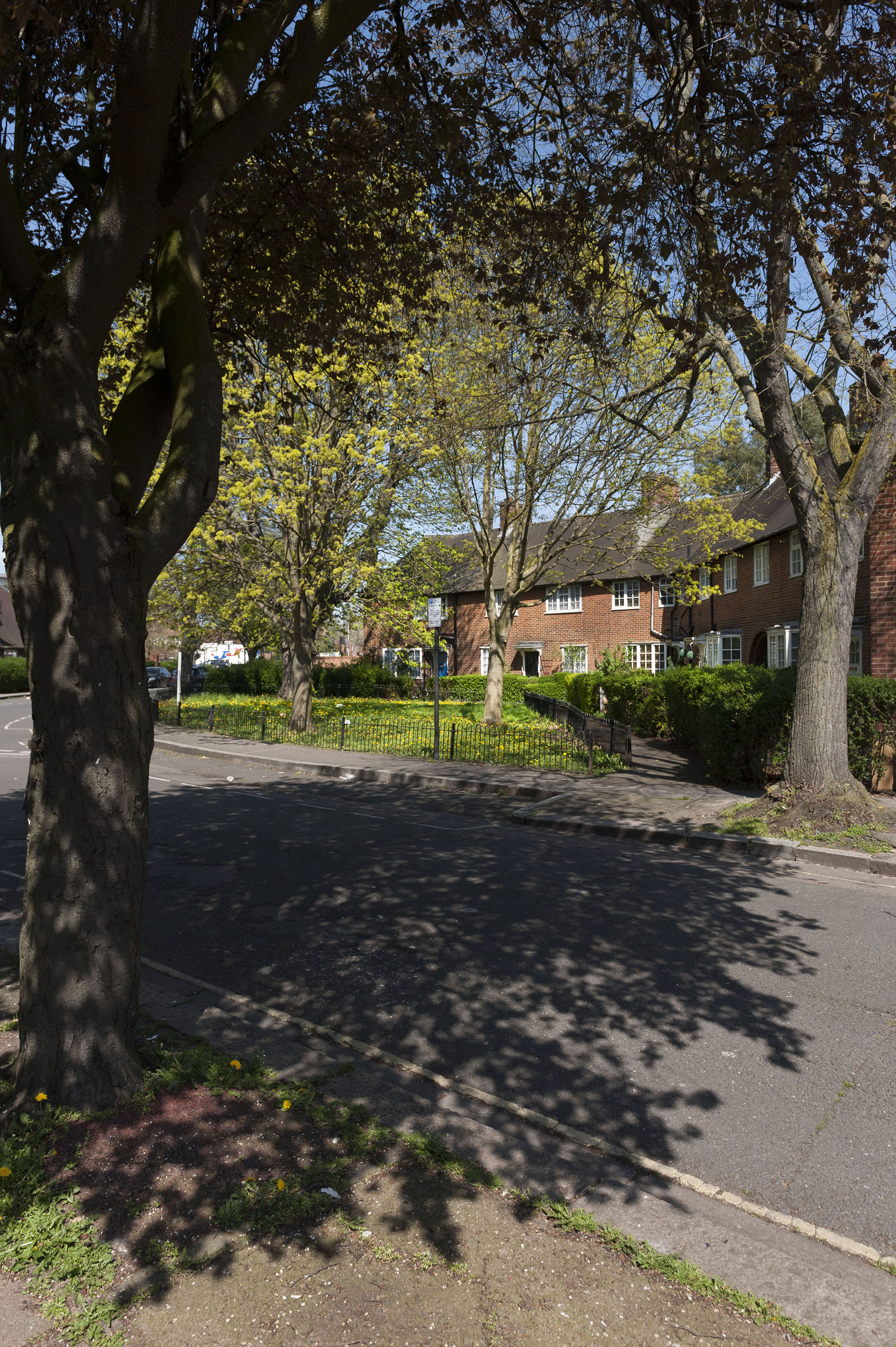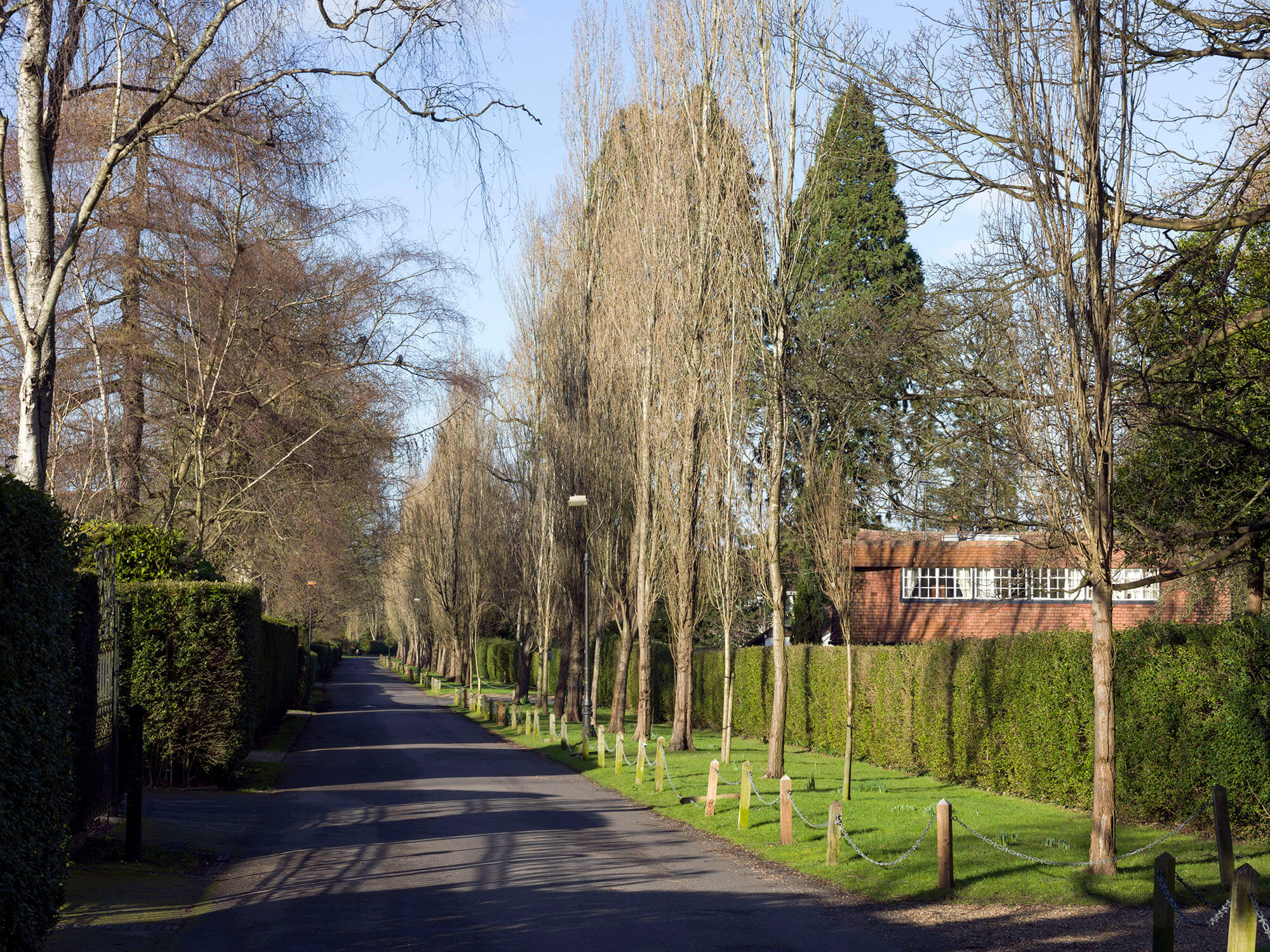Public Parks, Cemeteries and Urban Green Spaces
Our public parks, green spaces and street trees are important features in towns and cities. Many are of historic interest. They offer places to relax, exercise and meet others. They also have an increasingly important role in reducing the heat in built-up areas and helping manage run-off from heavy storms.
Public parks and green spaces
There are over 300 registered historic public parks on The National Heritage List for England. There are also hundreds of listed buildings like park lodges and bandstands, and structures such as gates, railings and statues, and even some scheduled monuments. The List also includes historic public walks, squares, country parks, and other special urban green spaces like detached town gardens and designated allotments. Further information on the types of public spaces that are registered and our selection criteria is set out in our Urban Landscapes publication.
We have added Historic England Archive postcards of registered public parks to History Pin. The postcards are a great resource for research on public parks. You can help us fill in the Missing Pieces by adding images or additional information of historic public parks and green spaces on the List.
Many more public parks are of local historic interest; and all green spaces have a history!
NLHF funding and guidance
The National Lottery Heritage Fund offers a range of funding for public parks and green spaces, and publishes guidance on management and maintenance planning for public parks.
Public parks crisis
Recognising issues emerging about the care and upkeep of historic public parks we published a review of research priorities in 2014. The report includes a useful reference list of publications and reports on green space and also a summary of our own work since 1999.
The National Lottery Heritage Fund's State of the UK Public Parks 2016 provides an overview of the funding issues facing public parks. They found that the proportion of public parks declining in condition is expected to rise over the next three years. We published a study on the History of Public Park Funding as a contribution to the debate about future funding models and to learn from the past.
National Lottery Heritage Fund (with the Big Lottery and the innovation charity Nesta) launched a Rethinking Parks programme which explored new ways to use, manage and make the most of the UK's public parks.
In the autumn 2016, Parliament’s Communities and Local Government Select Committee held an inquiry on the future of public parks. Historic England submitted evidence. The Committee’s report and interactive summary warned that 'parks are at a tipping point and face a period of decline with potentially severe consequences unless their vital contribution to areas such as public health, community integration and climate change mitigation is recognised’. The Government’s response to this report was published in September 2017. The Ministry of Housing, Communities and Local Government has set up an Action Group comprising of:
- National Lottery Heritage Fund
- Groundwork
- Fields in Trust
- Local Government Association
- National Federation of Parks and Green Spaces
- Association for Public Service Excellence
- National Trust
- Natural England
As part of Rethinking Parks, the National Trust developed a Future Parks Toolkit. It includes advice on setting up a People’s Park Trust and a library of resources including and their work with Newcastle City Council.
In December 2017 National Lottery Heritage Fund teamed up again with the Big Lottery Fund and Nesta to deliver a second round of Rethinking Parks funding.
In June 2018, a coalition of 12 national organisations launched The Charter for Parks (June 2018) calling for the halt and reverse of decline of parks and local public green spaces across the UK. The six points in the charter are:
- Celebrate the central role well-run parks play in our neighbourhoods for all sections of our communities
- Recognise the right of every citizen to have access within walking distance to a good quality public green space
- Endorse a legal duty for all public green space to be managed to a good standard
- Embed effective protection from inappropriate development or use, or loss of any part of our parks
- Ensure adequate long-term resources for on-going maintenance, management and improvements
- Encourage and enable community involvement and empowerment of local people and park users
Other sources also of interest:
- Bandstands (2018): Historic England’s new book on the story of these pavilions made for music, and their history, decline and revival. It includes a 36-page gazetteer on bandstands, dates, and manufacturers.
- Urban Landscapes 2018: Historic England's selection guide sets out the selection criteria for the inclusion of urban landscapes on the Register of Parks and Gardens.
- Arts and Humanities Research Council project 2015-2017 ‘The future prospects of urban parks: the life, times and social order of Victorian public parks as places of social mixing’ and the Future of Public Parks conference (2017) which was supported by Historic England.
- Places of Health and Amusement: Liverpool's historic parks and gardens (2008) This Historic England online book explores the origins of the parks and their role in the development of city, and the international reputation of this landscape heritage.
- An Archaeology of Town Commons (2009) The Historic England book looks at the role of town commons and their historic character.
- London's Commons, Heaths and Greens This study, published as a Historic England research report in 2014, identifies conservation issues, and priorities for future study and funding for these historic green spaces.
- 'People’s Parks. The Design and Development of Victorian Parks in Britain' (1991) by Hazel Conway identifies the main national and international influences on the development of municipal and other parks in 19th century Britain.
- 'Public Parks (Shire Garden History)', (1996) by Hazel Conway
- 'The Regeneration of Public Parks' (2000) by Ken Fieldhouse and Jan Woudstra (editors) includes chapters by experts on paths, shrubbery planting 1830-1900, lakes and water features, play and sport in public parks.
- The former government agency CABESpace’s guidance publications on public parks and green spaces are available through the National Archives
- 'The People's Garden?: A History of Crime & Policing in Birkenhead Park' (Birkenhead Park History and Heritage) (2013) by Professor Robert Lee
- 'Great British Parks – A celebration' (2016) by Paul Rabbitts looks at the achievements of the Heritage Lottery Fund’s Parks for People programme
- 'Taking account of heritage values of urban parks and gardens' (2016) Natural Environment Research Council's Living with Environmental Change Policy and Practice Notes Note No. 36
- 'A Walk in the Park. The Life and Times of a People's Institution' (2016) by Travis Elborough
- The Gardens Trust’s (2017) Uncertain Prospects: Public Parks in the New Age of Austerity
- The international ICOMOS and IFLA document on historic urban public parks (adopted December 2017) sets out the principles and recommendations which apply to all historic urban public parks anywhere in the world.
Cemeteries and burial grounds
Our cemeteries and crematoria are designed landscapes. There are over 100 included on the National Heritage List for their special historic interest. Our Landscapes of Remembrance guidance explains the historic importance of these landscapes and how we select which one should be added to The List.
Our page on Cemeteries and Burial Grounds provides more guidance and links.
War memorial parks and gardens
Many communities sought to create ‘living and useful’ memorials to commemorate those killed in the First World War. These parks, gardens, recreation grounds, playing fields are now part of our green space inheritance.
With the War Memorials Trust and The Gardens Trust, we have published guidance on The Conservation and Management of War Memorial Landscapes. It includes:
- Historical development
- Original landscape design and planting, and
- Advice on carrying out war memorial landscape projects.
Parks & Gardens UK is collating an online gazetteer of war memorial landscapes. Can you help add other war memorial parks, gardens and recreational sites to War Memorials Online?
For more information on war memorials, the First World War and Remembrance go to our page on war memorials.
Further reading on war memorials:
- Horticulture and the First World War (2014) Royal Horticultural Society Lindley Library Occasional Papers
Street trees
Trees are often defining features of our streets. Many are historic features. Sometimes they are living relics from a past landscape. Others are part of a historic town planning scheme. Trees contribute to the environment and quality of our towns and cities and need to be looked after.
The Government’s Tree Champion, Sir William Worsley has launched the Urban Tree Manual. Aimed at local authorities, charities and community groups, the manual provides advice on selecting the right tree for the right place in towns and cities, and ensuring the views of local communities are at the heart of decision-making and residents are properly consulted before street trees are felled.
Historic England is a partner in the Trees and Design Action Group which also offers useful resources.
Our Streets for All guidance provides advice about trees and tree planting in historic locations.
Also see our web pages on tree management and veteran trees.
Street trees image gallery
Please click on the gallery images to enlarge.









